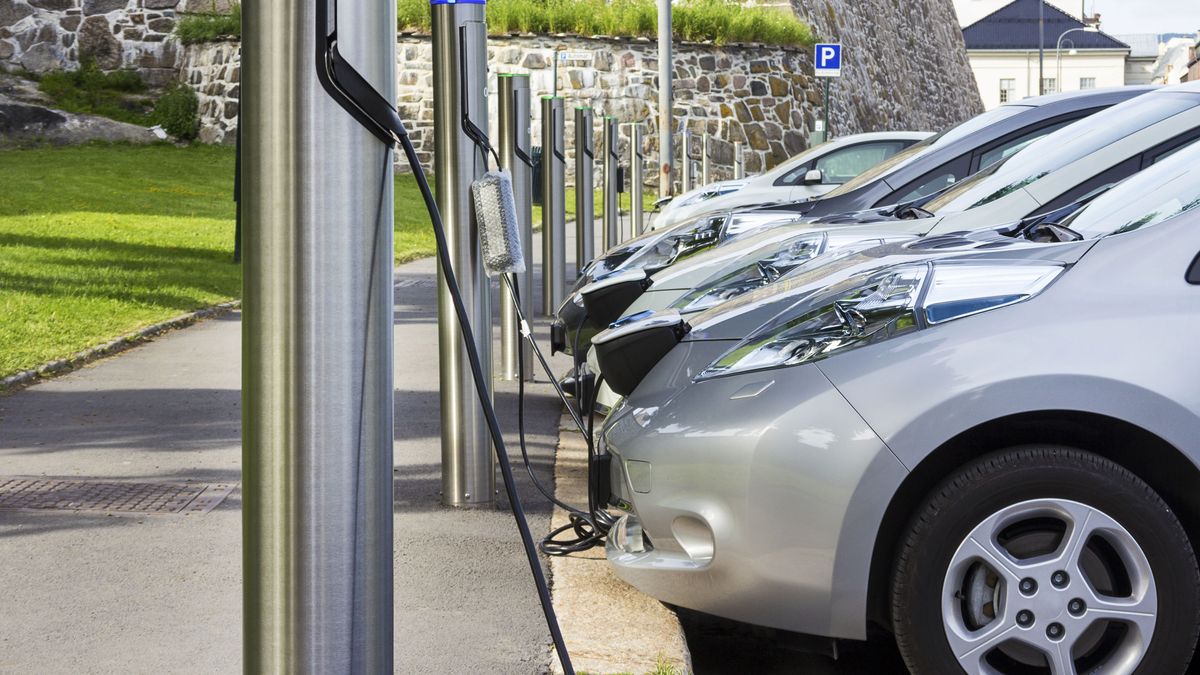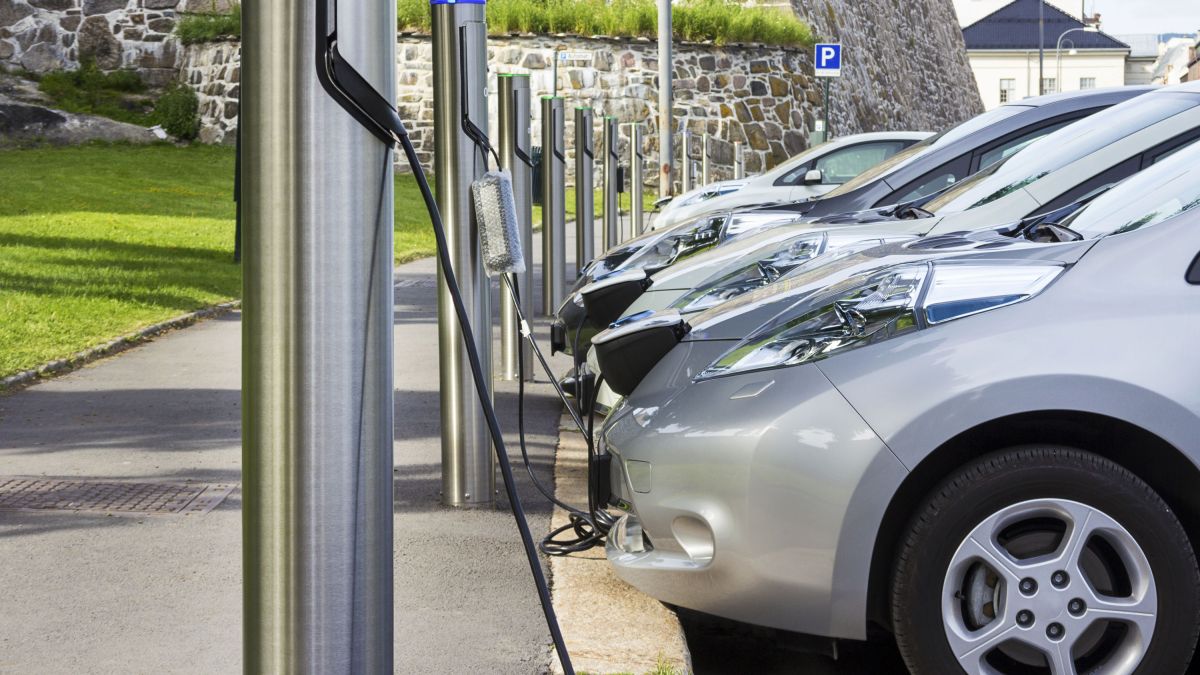
India revised the much-vaunted FAME II policy to accelerate the adoption of EVs in the country. The federal minister for Transport Nitin Gadkari recently said the cost of electric vehicles would come down over the next couple of years. Right on cue, the government’s policy think tank has brought a proposal to make them cheaper.
Niti Aayog has given a proposal to bring institutional lending to purchase electric vehicles under the priority sector ambit. Simply put, this means banks loans for buying electric vehicles could become cheaper. As of now, the loans are extended under auto retail category — among the high interest categories in India.
India’s central clearing bank, the Reserve Bank of India (RBI), is now considering the proposal and a decision on this is expected after confabs with other stakeholders.
Niti Aayog chief thinks there is a clear case
The financial daily Economic Times has quoted Niti Aayog chief Amitabh Kant as saying “The inclusion of EVs under PSL (priority sector lending) would not only reduce cost of finance but also provide finance to more people, thus increasing penetration of EVs in India.
He added: “Our view is that there is a case for this in the context of the impending climate change crisis and India’s recent commitments at COP26 in Glasgow.”
India has committed itself, at the Glasgow Climate Change Conference last month, to a target of lowering the total projected carbon emissions by one billion tonnes by 2030 and cutting emissions to net zero by 2070.
EV manufacturers have also written to the RBI for extending priority sector lending to them. As it happens, non-banking financial lenders are also looking at the sector with keen interest.
But, are the banks keen enough?
While the think tank and the transport ministry are pushing the envelope to make electric vehicles cheaper in India is one thing, the banking sector, on the other hand, may not be all that warm to the idea. Lending for purchase of vehicles is among the high-risk list in India. To reduce bank lending rates is to invite more danger is the general thinking of the bankers.
Banking norms mandate that 40% of lenders’ total credit must be made to those branded as ‘priority sector’. Currently, these include agriculture, small businesses, export credit, education, housing, social infrastructure and renewable energy.
Will the RBI ride rough shod over the apprehensions of the banks? Well, it is a question that has no easy answers.
Kant himself has claimed that the process for inclusion of EVs under PSL requires extensive deliberations and consultations to have a targeted outcome of increased access and reduced cost of finance to this sector.
According to recent stats, electric cars saw a staggering growth of 234% in the six months of April to September 2021. During this period over 6261 personal electric vehicles were sold in the country. This number is already way more than the total number of electric car sales for the entire FY2021. In the first half of the current fiscal, in all, EV sales more than tripled to 118,000 units.
But the sobering perspective is, during the same part of the fiscal year, 13,87,714 PVs were sold in the country and EVs are a mere 0.45% of the total market size.
So EVs could do with priority sector lending.
